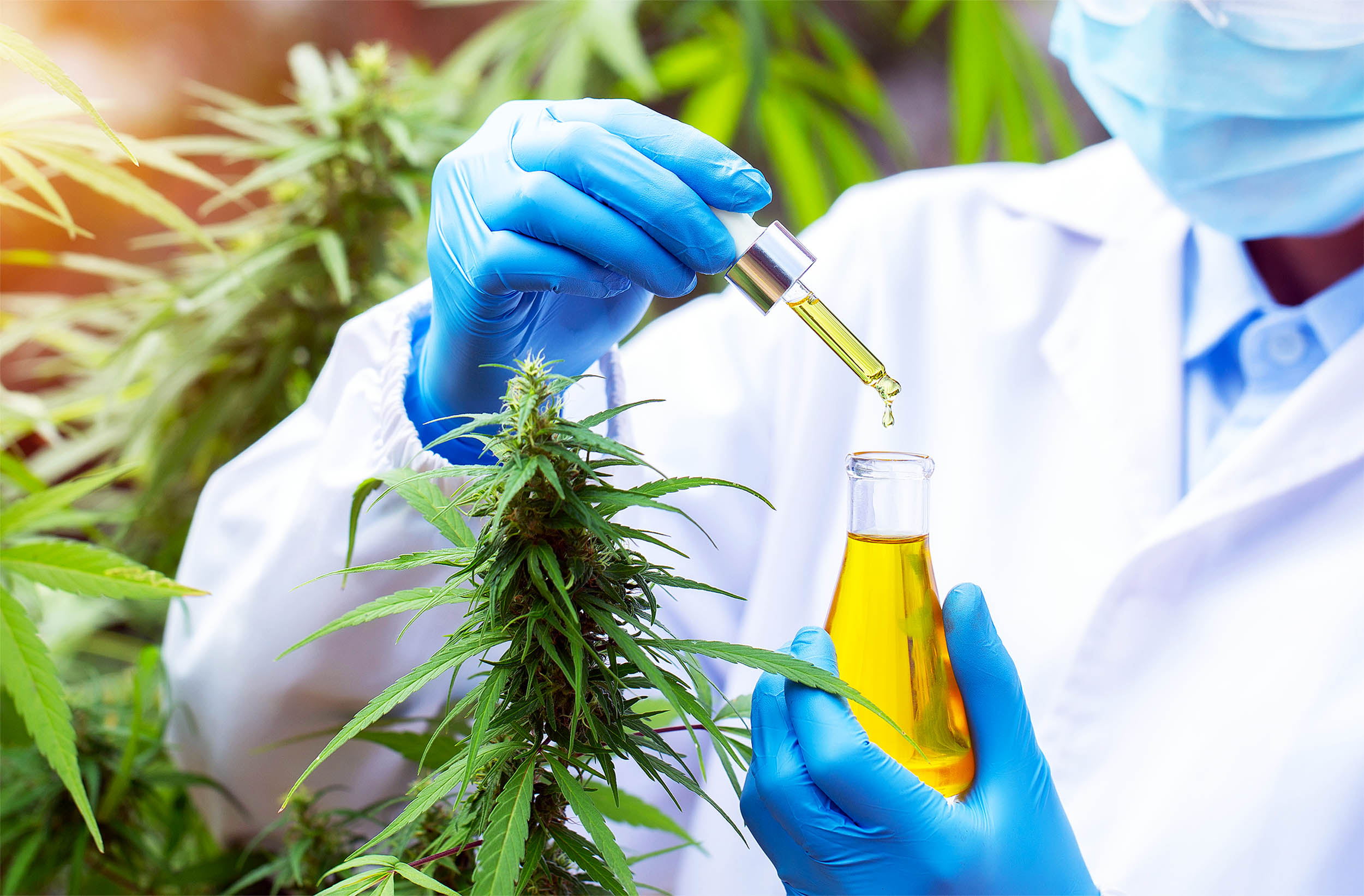Each year, mosquito-borne diseases claim over a million lives globally, making mosquitoes the deadliest animal threat to humans. As the death toll rises, public health teams are urgently seeking new methods to combat these pests, especially since traditional chemical sprays are becoming less effective.
This decline in effectiveness is attributed to two main factors. First, widespread use of pyrethroid insecticides has led to environmental contamination, negatively impacting ecosystems. Second, mosquitoes are rapidly adapting; both larvae in contaminated water and adult mosquitoes in treated areas are increasingly resistant to the chemicals that once eliminated them. Tackling the pest during its larval stage is crucial, yet effective options that do not harm other species remain scarce.
In a promising development, a study published in the journal *Insects* highlights the potential of a familiar plant: hemp, or *Cannabis sativa*. Led by Erick Martinez Rodriguez at The Ohio State University, researchers extracted cannabidiol (CBD) from dried and ground hemp leaves and tested its effects on water filled with yellow fever mosquito larvae. Remarkably, within 48 hours, both resistant and non-resistant strains of mosquitoes were eradicated.
“Mosquitoes are one of the deadliest animals in the world, mainly because as adults they serve as vectors of disease,” explained Rodriguez.
Two key findings emerged from the study. First, every larva exposed to enough CBD perished by the end of the two-day observation period, regardless of its genetic resistance. Second, while conventional chemical insecticides often lead to heightened resistance in each generation, CBD effectively bypassed these defenses, achieving significant mortality even at lower concentrations. “If you compare the amount of hemp extract needed to kill 50% of the population to other synthetic conventional insecticides, it is on the high side, but when you compare it side by side to other natural extracts we have tested in our lab, only a relatively low amount is required to produce high mortality values in larvae,” Martinez Rodriguez added.
Further investigations revealed that CBD was the primary component responsible for the larvicidal effects, with terpene fractions exhibiting little impact alone. The larvae were deemed lifeless once they ceased movement upon light prodding, indicating CBD’s direct effects on vital systems.
Insects lack the endocannabinoid receptors that enable CBD’s wellness benefits in humans, meaning the compound targets different molecular pathways, such as those regulating nerve impulses or muscle functions. This allows CBD to evade the metabolic adaptations that help many mosquito larvae survive exposure to pyrethroids.
Hemp is no longer a niche crop in the U.S.; approximately 27,680 acres were cultivated in 2023, generating a market value over $291 million. Leaves, often discarded after flowers and seeds are harvested, could potentially be transformed into eco-friendly larvicides. This innovative approach could provide farmers with additional revenue while reducing waste.
Moreover, hemp’s adaptability makes it an enticing option for various climates, with a rapid growth cycle and minimal need for harsh pesticides. Rural and urban farmers could contribute to a supply chain focused on mosquito-control initiatives globally.
However, several critical questions remain regarding the safety of CBD in natural water bodies. How long does it persist in ponds, and does it impact non-target species like fish and amphibians? Early laboratory results suggest selectivity, but further research is needed to ensure that the use of CBD does not disrupt aquatic ecosystems. Regulations will also necessitate data to demonstrate that CBD-based formulations can effectively target mosquito larvae without harming beneficial organisms.
The next steps for this research involve optimizing CBD dosages, creating formulations that adhere to water surfaces, and exploring how CBD may work in conjunction with other biocontrol methods, like *Bacillus thuringiensis israelensis*. Developing effective manufacturing processes is crucial, envisioning regional facilities concentrating hemp-leaf extracts for distribution to mosquito control programs.
Policy makers will need to establish clear guidelines to approve a botanical larvicide, carefully weighing public health needs against conservation objectives. Engaging the community and ensuring transparency in monitoring will be essential to maintain public trust.
While CBD will not solve the global crises of malaria, dengue, or Zika on its own, this discovery of a familiar compound serving as a larval assassin broadens the toolkit available for mosquito management. The collaboration of agriculture, chemistry, and entomology may pave the way for more effective and environmentally friendly mosquito control strategies. If larger-scale tests validate the laboratory findings, those unassuming hemp leaves might soon play a role in protecting birdbaths, drainage ditches, and rice paddies from mosquito proliferation — one cup of water at a time. The full details of this research are available in the journal *Insects*.

